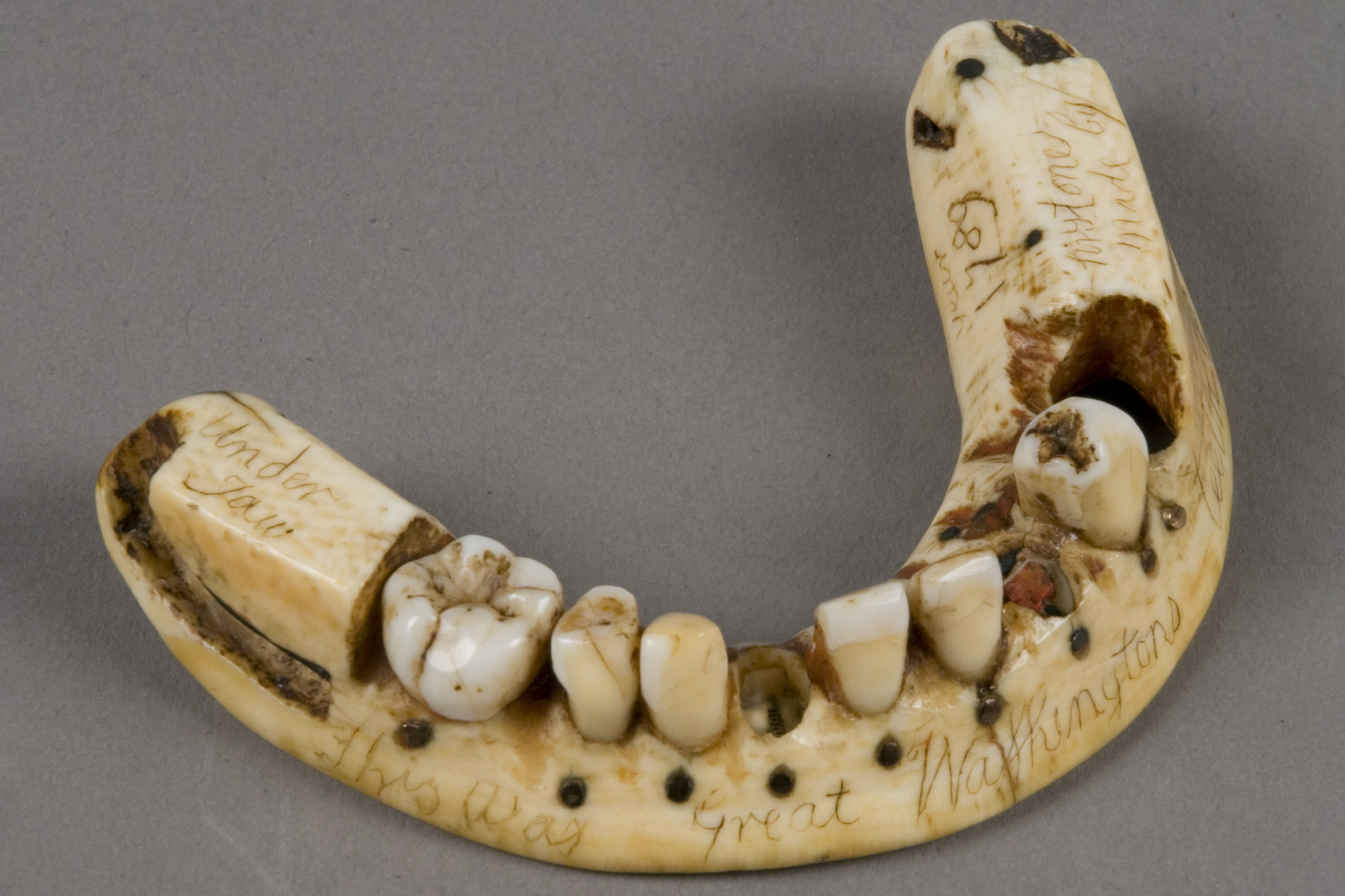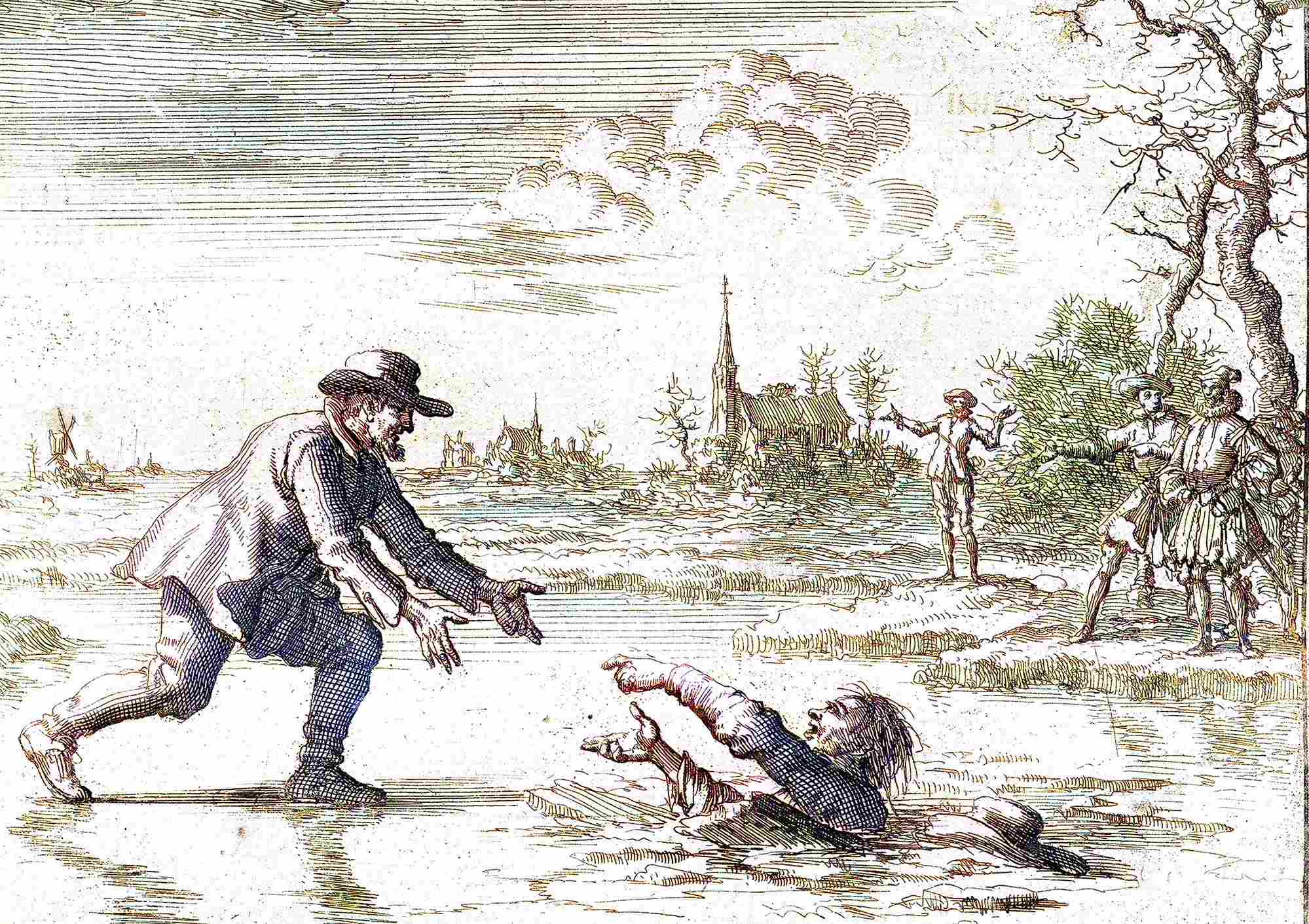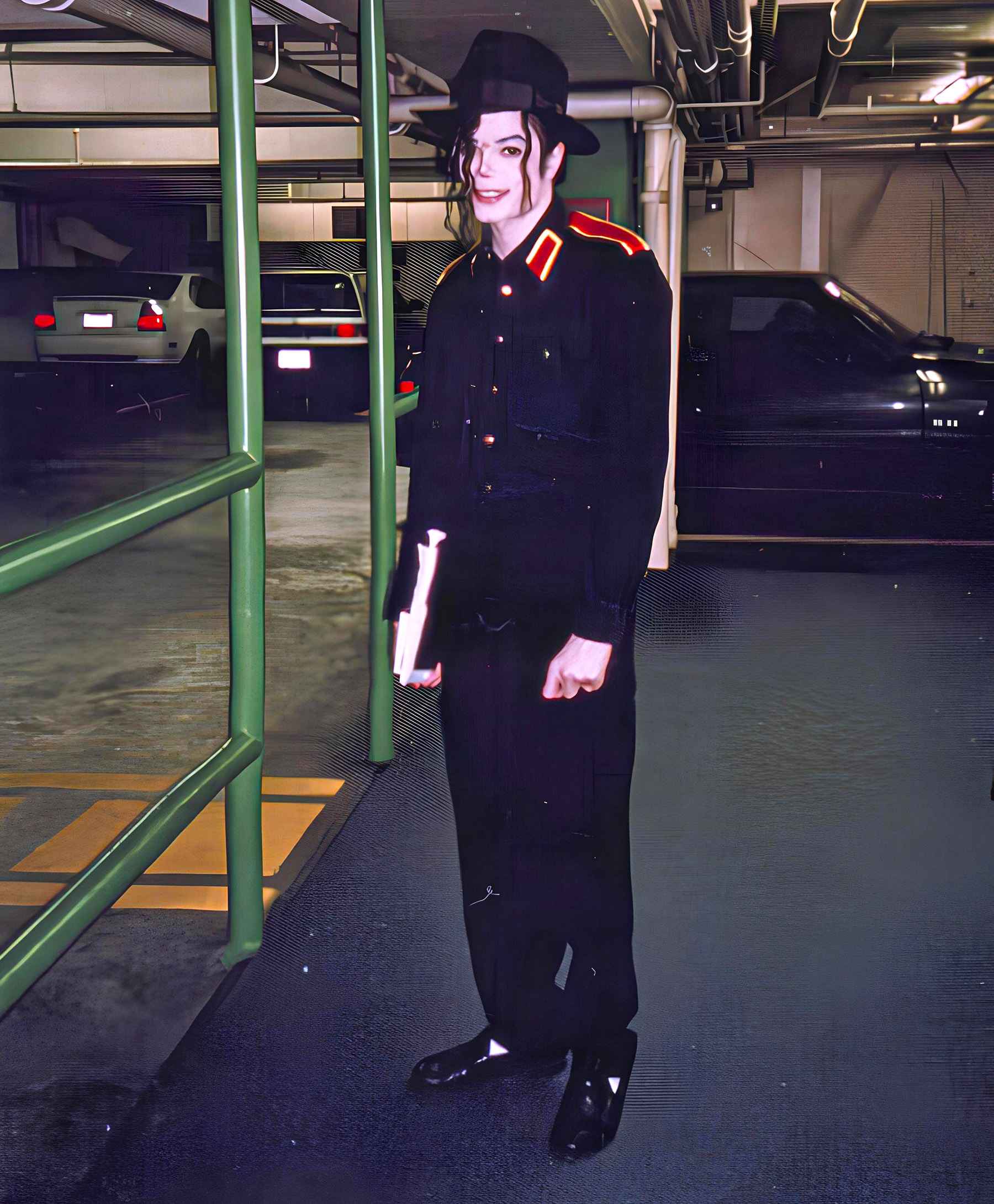While it may initially seem uninteresting or even repulsive, a set of false teeth is poised to unveil captivating stories about its owner—none other than George Washington. The question that everyone asks is: Did George Washington have wooden teeth? Let’s find out.
The Myth About George Washington’s Wooden Teeth
It is an undeniable fact that famous people frequently come with a collection of half-truths and urban legends. These narratives are often born from misunderstandings or the imaginative faculties of the masses. Such is the case with George Washington, who finds himself entangled in a particular myth that has stood the test of time: the notion that he resorted to wooden teeth as concealment for his “edentulous” state.
Although the image of this statesman, adorned in velvet attire and a wig, sporting a face framed by wooden dentures, possesses allure, this narrative is a complete fabrication. So, no, George Washington did not have wooden teeth.
However, the actual truth holds a deeper fascination in this situation, shedding light not only on the man himself but also on the era he inhabited and the emerging domain of a discipline: dentistry.
In a similar vein to Achilles’ vulnerability in his heel, George Washington’s Achilles’ heel lies in his dental well-being. In the year 1756, when he was a spirited and resolute commander at the youthful age of 24, he underwent the extraction of his initial tooth by the hands of Dr. Watson.
This initial procedure paved the way for the removal of an additional 30 teeth, all of which were in such dire states of decay that their retention within the young man’s oral cavity would have been far from reasonable.
While Washington himself attributed his dental predicaments to a habit of utilizing his teeth for the purpose of cracking open nuts, modern-day scholars are inclined to believe that the root cause behind his alarming dental condition was a medication he had been prescribed: a calomel treatment (consisting of mercury chloride) employed in his fight against the smallpox infection he had contracted in the year 1751.
The Emergence of Dentists
Had George Washington come into existence fifty years prior, or even a mere few decades earlier, the statesman would have likely experienced his inauguration with just the single tooth that remained during his election period.
However, a sequence of edicts proclaimed in the latter part of the 17th century would bring about a complete transformation in the realm of medical practice, not only within Europe (specifically France) but across the global spectrum.
This transformation encompassed the establishment of a distinct group of skilled surgeons. The era of barber surgeons, tooth-extractors, and bone setters was left behind. A certification denoting mastery in dental expertise emerged, leading to the advent of the first dental practitioners who set up clinics in urban centers or traversed rural pathways to address the substantial healthcare requirements of the populace.
In the mid-1760s, an English individual by the name of Dr. John Baker became the first dentist working in the United States. His accomplishments were nothing short of remarkable—he tended to almost 2,000 patients in the city of Boston, a settlement that, during that time, harbored a mere 15,500 residents, including more than 2,000 households.
He continued his vocation as a peripatetic specialist, embarking on journeys along the Eastern coastline, reaching as far as Virginia. It was in 1772 that his path intersected with that of George Washington in Williamsburg.
The state of his patient’s dental array didn’t augur well for the quality of his smile in the years ahead. Yet, if salvage was beyond reach for those teeth, perhaps replacement was a possibility.
Teeth, Dentures, and Ivory

A critical differentiation arose between tooth-pullers and dentists, for the former engaged in the extraction of irreparable teeth, whereas the latter undertook the responsibility of imparting oral hygiene practices and conducting minor interventions to safeguard the dental well-being of their patients.
Another avenue pursued involves the advancement of increasingly intricate prosthetic devices aimed at replacing lost incisors or canines, even encompassing elaborate ivory dentures, which gained prominence during the 18th century.
Notably, the Greenwood family ascended to expertise in this domain. The patriarch and skilled ivory turner, Isaac, received training under the aforementioned John Baker. It was his son, John Greenwood, who crafted Washington’s first denture in 1789. This denture was designed to fit over the President’s remaining natural tooth.
Upon the eventual surrender of the last tenacious tooth, Greenwood confronted the necessity of employing an alternate contrivance to obscure his patient’s edentulous (toothless) state. The foundational lead was affixed with a metal spring, exerting pressure to affix the denture securely against the wearer’s jaw, averting dislodgment.
Though perhaps pragmatic in the era preceding the advent of denture adhesives, comfort for the wearer was compromised. The artificial teeth were perforated and threaded onto a brass wire, interlinking them within the framework. However, the most remarkable facet pertains to the material composition. For instance, the sole surviving denture attributed to Greenwood’s craftsmanship integrates human teeth and synthetic teeth meticulously carved from ivory, alongside incisors sourced from cows and horses.
Yet, this amalgamation barely scratches the surface of the exotic amalgamations prevalent during the period. Practitioners often advocated the use of teeth extracted from calves, oxen, human cadavers, and even creatures as unconventional as hippopotamuses, along with tusks from elephants or walruses.
Subsequent to such recommendations, Greenwood fashioned an additional mandibular prosthesis for George Washington, employing hippopotamus teeth. These teeth, possessing heightened density compared to ivory sourced from other species, displayed greater resistance to discoloration and decay, albeit at the cost of increased weight. Consequently, a gold substrate, notable for its lightweight and malleable attributes, provided the mounting base.
Last but not least, some historians theorize that given Washington’s status as a slaveholder in charge of an estate where a sizable number of Africans resided, slaves’ teeth may have contributed to the creation of one or more of his dentures. However, tangible evidence remains lacking.
President, and All His Teeth
Throughout his term of office as president, this assemblage of dentures fulfilled a dual role in Washington’s life. Primarily, its purpose was the restoration of the President’s vocal faculties. It is quite easily overlooked, but teeth hold a pivotal function in speech; their absence can swiftly transform words into an incoherent medley of unclear sounds.
Thanks to the amalgamation of bovine, equine, and ivory teeth, the statesman could spearhead triumphant campaigns despite never entirely reclaiming his previous level of articulation. His renowned reputation for succinct oratory and reserved disposition can be attributed to these challenges.
In the context of his era, a toothless or impaired smile, though a widespread affliction, bore connotations of moral decadence. Aware of his public image, Washington harbored aspirations through Greenwood’s skillful creations that he could present his fellow citizens with esteem.
At the time of George Washington, a single denture would have necessitated an average expenditure of 60 dollars, which by today’s standards equates to approximately 2,084 dollars. This sum stands as a testament to the President’s resolve to mask the manifestation of his diminished oral state.
A Tough Challenge for Washington
The paradoxical nature of these dentures in their association with the statesman was a duality. It encompassed both commendable and loyal service, as well as an unintended affliction. These prosthetic devices could inflict considerable discomfort on their wearer. Moreover, they exerted a transformative impact on the President’s face, manifesting as the distinctive prominence of his lower lip, a feature evident in portraits and even on currency notes bearing his likeness.
But they failed miserably at performing the primary role normally assigned to teeth, namely, chewing. Notably, experts recommended the removal of these synthetic sets for the act of consumption, given that the springs complicated the chewing process, occasionally culminating in precarious circumstances. A too-vigorous jaw movement could result in the denture being ejected and ending up in the face of the diner across the table.
Washington wore them to formal dinners, and he was satisfied to sit there looking disappointed and not eat much (much to the warning of his dentist, who pointed out that the wine produced unsightly black stains on the ivory).
While eating, “the President let his countenance show a decided air of melancholy,” as Pennsylvania Senator William Maclay put it: “…At every interval when eating or drinking, he played with a fork or knife against the table, like a drumstick.“
Many more tales, some more fantastical than others, might be told about George Washington’s false teeth. Anyway, we hope these anecdotes have persuaded you that even the most innocuous item always has secrets to count, and so deserves a spot in our Cabinet of Curiosities.
References




